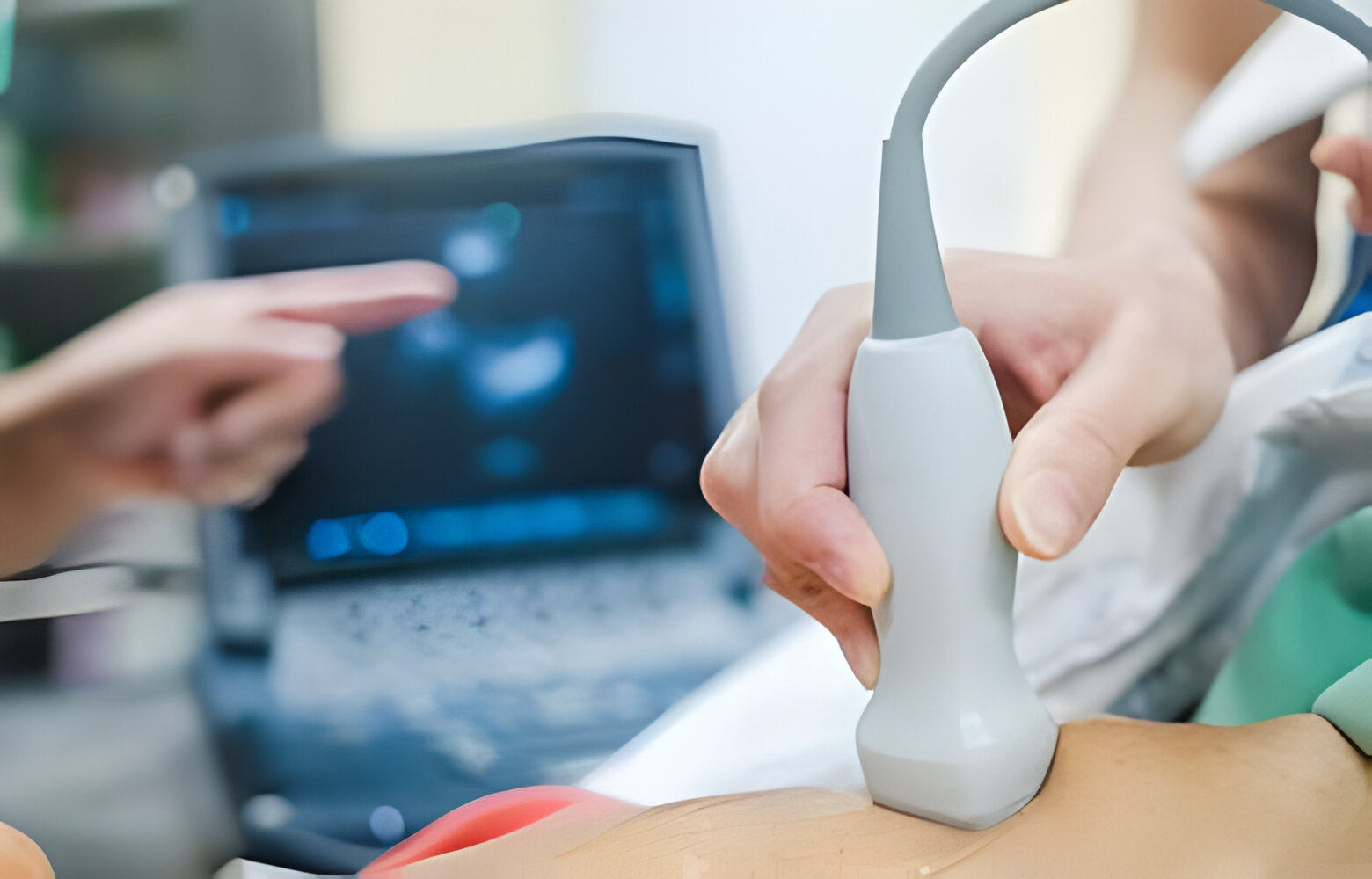ACRP Clinical Researcher—June 21, 2022
Our own co-founder and CEO of Delve Health, Wessam Sonbol was published in the ACRP Clinical Researcher magazine. The article’s text is below, but you can also check it out here.

Clinical Researcher—June 2022 (Volume 36, Issue 3)
RECRUITMENT & RETENTION
Wessam Sonbol, CSM, CSPO, ICP-ACC
The COVID-19 pandemic has changed the entire world over the last two years. Life, as we knew it, stopped. Terms like “social distancing” and “masking up” will now be a part of our lexicon forever. In our industry, 70% of clinical trials were put on hold with everyone in clinical research, and the healthcare profession at-large, shifting efforts to create and test vaccines and anti-viral medications and even to testing for the virus itself. The pandemic has undoubtedly had a profoundly negative impacted on all of us, professionally and personally. However, professionally speaking, these real-world challenges may have also given the clinical research profession the gift of perspective that will positively affect the outlook on our industry’s collective future.
The clinical research industry was challenged to find solutions regarding how to safely continue conducting clinical studies. The quickest solution that was within reach was incorporating ideas that were already a part of our community’s discussions—remote patient monitoring and decentralized clinical trials (DCTs). These topics had been discussed, and even implemented over the past few years, but not widely adopted yet. The circumstances of the pandemic made “discussions” of what could “theoretically happen” become re-framed into questions of “how do we make this happen?” and “how can we pivot our model to continue clinical trials in the current climate?”
For the past few years, industry leaders have forged a future-focused path by embracing technologies such as wearables and biosensors. Now, on a larger scale than ever before, the industry is adopting these types of devices in order to monitor trial participants and patients safely and remotely from home. Clinical research and trials have resumed as we continue to make progress and more widely accept and adopt a variety of technology platforms and solutions—tailoring them to meet the needs of all types of clinical studies.
As a silver lining in these unprecedented and challenging times, our industry has “stepped up” to also be thoughtful about how more widely incorporating these technologies may assist our profession in meeting the calls to increase patient diversity in clinical trials. A benefit to using wrist wearables and biosensors will be that the path forward to supporting DCTs will be within our reach.
Imagine how many potential patients your study may have if trial patients don’t have to worry about access to transportation; or if they don’t have to live in a certain geographical location to participate. How many doors would that open to underrepresented populations? Whether they are considered underrepresented by race, ethnicity, gender, or age group, or because they physically live in more rural locations, DCTs may level the playing field by allowing potential study participants to join in who may have never otherwise been granted access to studies. What may have seemed out of reach might now be a real, viable option for them. We know that increased patient diversity leads to better quality data, which in turn leads to better trial results and a more successful trial overall.
Adopting Technology Solutions and Setting New Standards for Clinical Research
The clinical research industry is critically important in times like these and, therefore, we must continue to forge a path forward. While we might want things to “return to normal,” we must also accept we are not in a “post-COVID” world just yet. We must stay focused and use every tool at our disposal to take advantage of hybrid and DCT models, in order to provide a way to keep patients safely at home while simultaneously looking toward the future of advancing clinical trials by utilizing a mix of technology platforms and solutions to remotely recruit, consent, and randomize patients, and to collect digital endpoint data directly from them.
While integrating wearable technology is an important part of setting new standards and best practices, it does not work independently of other facets that must also be considered. Our new outlook must identify, consider, and use every possible solution in our arsenal—including, for example, leveraging in-home nurses to collect blood samples and conduct in-home labs. We can customize solutions for our clients by taking advantage of infrastructure that already exists by re-tooling it to fit the needs of a “COVID climate” and even the realities of a “post-COVID” world.
While many have taken these steps over the last few years, we should continue to modify and improve our solutions. This allows for us to partner with our clients in order to thoughtfully design more DCTs, an effort which reduces the need for in-person clinical visits; cuts costs; potentially increases patient participant diversity; and leads to improved data quality—all of which will continue to help bring solutions identified by clinical trials to the marketplace more efficiently.
In recent years, not only have the physical devices used in telehealth significantly changed, but the software solutions that power them have advanced more quickly than we ever expected. Companies within the clinical research enterprise have advanced web-based and mobile applications to keep up with technology’s forward progress. App-based solutions can be fully integrated and connect across almost any connected, wearable device. Additionally, some technology platforms feature and leverage artificial intelligence (AI) tools that may otherwise already exist inside patients’ homes, like Amazon Alexa or Google Assistant. AI tools that exist as a part of clinical research–based apps may also now be leveraged and automated to communicate with other such apps—improving data outcomes.
These features may become beneficial as they will most likely have a positive impact with regard to effectively monitoring patients remotely. For example, AI tools can be implemented in multiple languages and used to learn and then understand the best way to engage with a patient. Another example is that AI tools developed for customizable solutions can utilize mobile apps, SMS, and automated phone calls in order to nudge and notify a patient of upcoming visits, eDiary entries due, and medication adherence questions—all ways to keep the patient compliant and engaged in every step of the study.
Patient Compliance and Retention are Paramount
Patient compliance and retention in clinical trials are key components of conducting a successful study. The overall patient experience is paramount. If the patient participants in a study find the paperwork cumbersome or stressful, many will not comply in a timely manner or provide a full log at all. We all know how critical detailed and completed diaries are for investigators, and other members of the clinical research team, to be able to efficiently and accurately compile the data and conduct their necessary analysis. When patients are noncompliant (i.e., not completing diaries or not regularly using their wearables) or drop out of a study altogether, it creates a multitude of issues, including steep financial losses, which can threaten a study’s success.
How Can Technology Help?
Technology companies within the clinical research enterprise have developed platforms that can be helpful in identifying and solving some of these obstacles. Any cloud application should have the ability to integrate with virtually any type of connected devices, making wearable device and biosensor data actionable.
Wearables, in general, can revolutionize our field. As we’ve stated before, wrist wearable technology can be used as a tool to help provide remote patient monitoring and can deepen the understanding of how patients are doing when they are away from the clinic. While these devices have been used in our field in the past few years, it is our new outlook that has us exploring how we can maximize the benefits of technology. It is a laudable goal to further enhance the patient experience by offering a solution that allows their wearable to integrate with other tools that may possibly already be available in-home.
The more integrated a study’s requirements are to a patient’s everyday life, the more compliant they will be. One goal should be to customize a solution to meet the needs of each specific clinical trial and, more importantly, to make it easy enough for patient participants to comply in a timely manner. For example, if a patient is not wearing his or her device, no data are shared with investigators. Again, many of these applications have an AI algorithm, which allows the system to learn to engage the patient in different ways to identify the best options for compliance, based on the study participant’s behavior. Some of these apps also have the ability to alert investigators in real time, so that they can follow up with participants to encourage them to complete the tasks required. Another example is the utilization of SMS text messages for updates of trial progress and upcoming visit reminders, lab reminders, and other notifications, which keeps the study and all the information that comes with a patient’s participation at the forefront of their mind.
The end-goal should always be the patient, so the technology needs to allow real-world data and real-world evidence from the device to be downloaded and used as a diagnostics tool in order for the data to be actionable. Passive data collected by wearables and sensors also are very informative and may be of service in post-market studies that shed light on a specific disease. These types of apps allow for swift identification of an issue and a timely solution, which not only improves patient compliance, but also the patient experience overall.
While the patient’s experience is first and foremost, it is important to note how technology can help a study run smoothly, not just for the patient, but also for clinical research staff. Advanced platforms can be uniquely customized to meet the study staff’s needs. Imagine a platform that features study-specific apps, allowing for precise modifications to your on-going study. The data collected are as distinct to your study’s goals as possible. This means actionable data (i.e., analytics, metrics) that can help improve compliance. For example, let’s say a patient’s heart rate is too low. A customized solution can identify the issue in real time and then automatically alert a physician and/or investigator to notify the patient and prompt them to take the appropriate next steps.
For clinical research staff, solutions should automate their required, routine tasks as a key benefit. Finding the right platform allows clinical research staff to log into systems and efficiently access reports that are actionable for them. Examples of beneficial automation includes tasks like finding clinical trial kit management solutions and managing drug supplies for individual sites. Customized solutions can be used to upload data into the system and automate which kit is for which patient or which location has what type of kits—saving time on routine tasks means saving money, but more importantly, it allows for increased time spent on individual patients—again increasing the patient experience overall.
A Patient-Centric Approach Improves Patient Retention
With a focus on patient retention and compliance, finding solutions with dedicated patient concierge services is highly beneficial. Key components of effective concierge services include benefits such as the ability to call and check on patients, enter data on their behalf, and even ship necessary items directly to their homes.
Every trial is unique. Many sites, as we’ve discussed, are actively taking large steps in order to move toward DCTs and remote patient monitoring. Some sites are moving toward a hybrid (onsite/offsite) clinical trials model, whether permanently or as a “stepping stone” on the way to a completely decentralized model. Hybrid trials still require an in-person visit—whether onsite or in the patient’s home. Many companies have taken steps over the last two years to push the limits of their technologies in order to better support the clinical research enterprise and meet the needs of any clinical study. When addressing a hybrid model, these requirements may include identifying the right level of in-home services.
One way to meet the challenge is to cultivate a network of nurses and healthcare professionals who can be assigned on an on-call basis to perform wellness checks and other in-home patient services, collecting data at visits while ensuring compliance. By offering staffing solutions, in additional to technological solutions, companies can optimize themselves to be full-service, regardless of a specific clinical trial’s design.
Giving patients more than one simple way of collecting data that doesn’t add to the “laundry list” of life’s never-ending “to-do” chores is the way to improve patient retention. The most patient-centric approach a study staff can take is to implement the use of wearable technology, connected devices, and in-home sensors that can also be tailored to a patient’s native language—ensuring a patient clearly understands what tasks need to be completed in order to be compliant.
Effectively Using Technology Makes DCTs Successful
The technology solutions have been out there for almost a decade. We could focus on the negative climate or the limitations that currently exist, or we can stay focused on the end-goal of designing more hybrid and decentralized clinical trials, pivot, and adapt to meet the industry’s needs and demands.
I and my staff chose to pivot to meet the new needs of clinical researchers at large. We have focused on the positive steps we have made, and worked to improve technologies and devices that we were already offering and working with. We have taken the outlook that, despite our struggle to keep moving forward even in the most difficult of times, we can continue to innovate.
Now, we must keep leveraging new and improved technologies, whether a new version of an Apple Watch and its updated apps, for example, or the “next best thing” that comes along in the near future. Our goals need to always be centered on patient care. We strive to create an environment of adaptability in order to increase patient diversity and make the decentralized clinical trial model the “new normal.” We and our colleagues at-large have never forgotten that we are driven by a deep-seated and profoundly personal desire to help save patients’ lives—one clinical trial at a time.


Wessam Sonbol, CSM, CSPO, ICP-ACC, is co-founder and CEO of Delve Health and has 20 years of experience in Phase I–IV, Investigational Device Exemption, and 510(K) clinical research business operations.



































